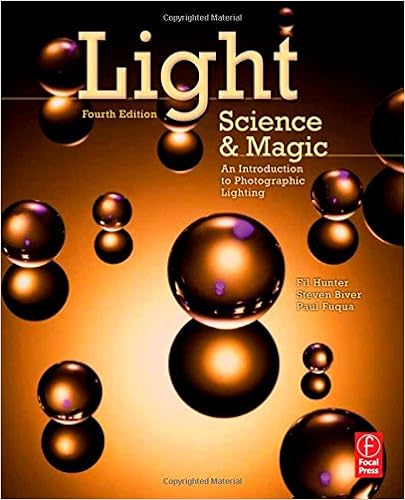photo_abc
TPF Noob!
- Joined
- Feb 16, 2016
- Messages
- 45
- Reaction score
- 2
- Can others edit my Photos
- Photos OK to edit
Hello, I am taking photos of metallic objects. I put it under a dining table which serves as a lightbox. On both the left and right sides, I have a Philips Tornado T2 Energy Saver 23W 6500K Cool daylight 1450 lumen 63lm/W. There are two issues:
1. It seems that it is still a bit dark. Shall I add one more light blub on each side, one on the top or change the light blub to more powerful ones? Any recommended product?
2. Although it is nice to see some reflections from the metallic objects, I can see a reflections of myself, my iPhone and things behind my back. What can I do to eliminate these?
1. It seems that it is still a bit dark. Shall I add one more light blub on each side, one on the top or change the light blub to more powerful ones? Any recommended product?
2. Although it is nice to see some reflections from the metallic objects, I can see a reflections of myself, my iPhone and things behind my back. What can I do to eliminate these?




![[No title]](/data/xfmg/thumbnail/33/33876-69ae4c2723e06d63117dc3b1b6629647.jpg?1734164225)


![[No title]](/data/xfmg/thumbnail/39/39645-11fae384f9fd2ec2813acc42adec0206.jpg?1734173952)



![[No title]](/data/xfmg/thumbnail/33/33359-a5cf76b8e843e82b3831650af6dfa6b3.jpg?1734163289)

